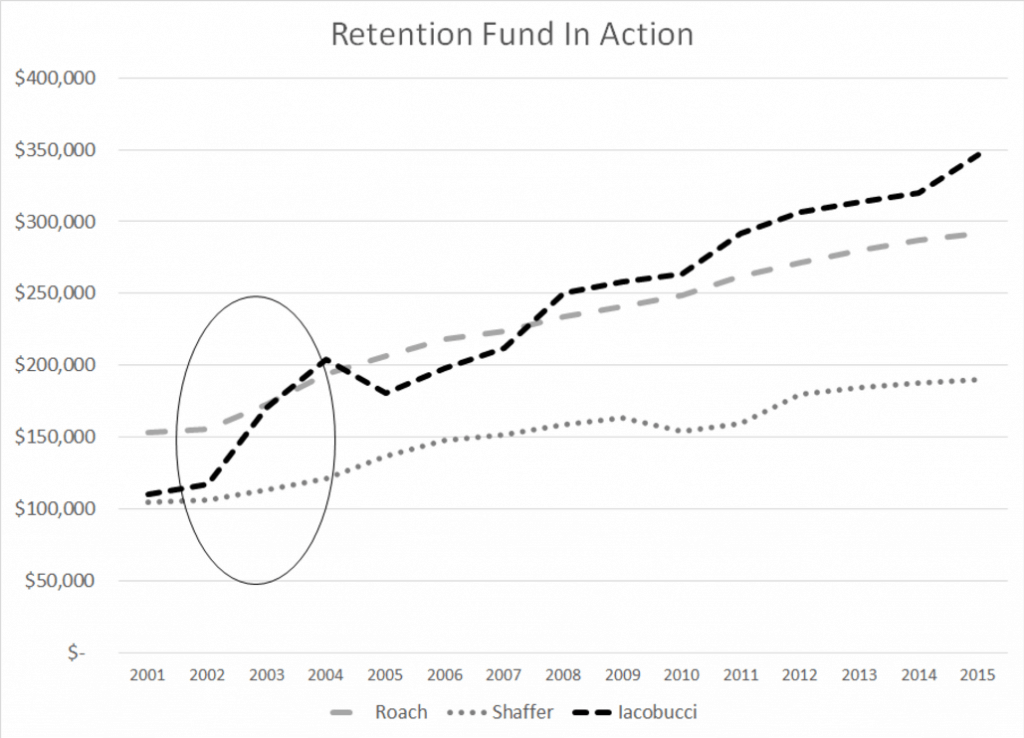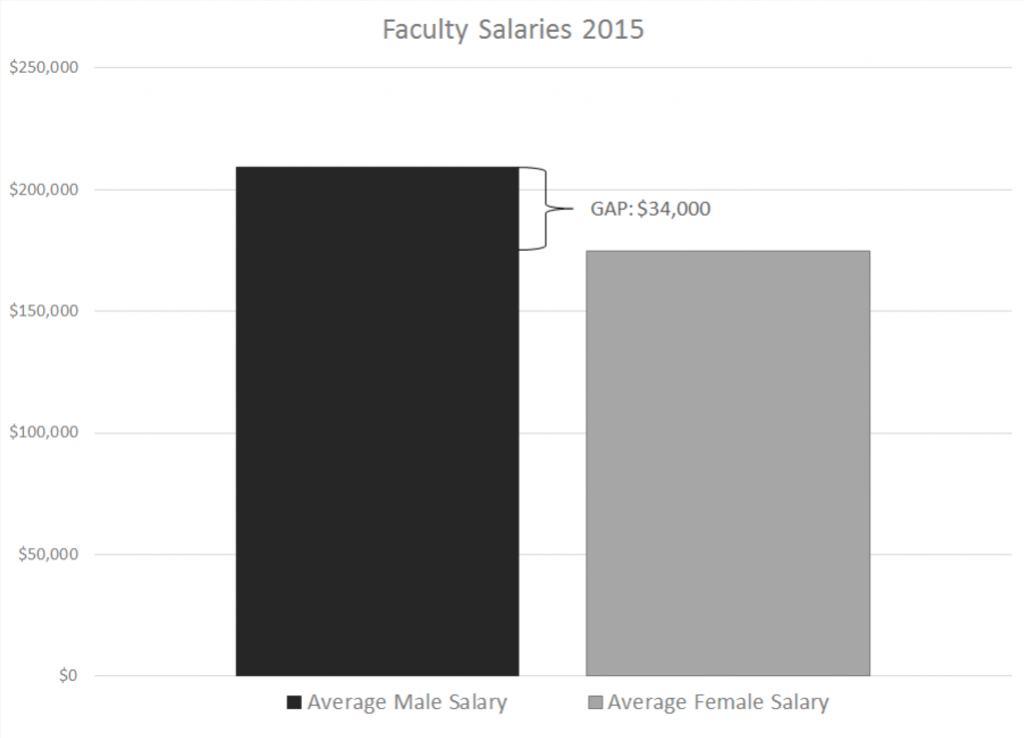Aidan Campbell (2L)
Debate over rising tuition has been central to the last two Faculty Council meetings. Dean Iacobucci has taken the position that because Faculty salaries—the budget’s largest line item by a mile—are negotiated at a level beyond the Faculty, his hands are tied and the Faculty must raise tuition to keep pace.
Ultimately, the Dean is right that he is now constrained by university-wide collective bargaining. But it is worth delving into the numbers to get a better understanding of exactly what we’re paying for with our tuition dollars. Luckily, all of our professors and many of our administrators are sufficiently well paid to have made it onto the provincial Sunshine List, an open registry of anyone on the public payroll making more than $100,000.
The Retention Fund
Part of the reason that the 5% negotiated increase in salaries is a bit misleading is that there is, or at least was, some discretion over Faculty salary increases in the form of a retention fund. (Though, during October’s Faculty Council, the Dean was quick to note that the raise would still have to be approved by U of T’s Governing Council.)
There is a longstanding policy that if a professor receives an offer to work for another school, the Faculty will match the offered salary, even accounting for exchange rates. This is one of the best-kept secrets of Faculty career planning, as all future negotiated increases will compound on top of this one-time raise.
Because professor salaries fluctuate from year to year (for a number of reasons, including sabbaticals and cross-appointments), it is difficult to say with certainty how many have accessed the program. But let’s examine a particularly striking example: in 2003, when our current Dean was a fresh-faced young professor, he saw his salary jump by nearly $50,000 thanks to an offer from an American law school, followed by another sizeable increase in 2008. Compare this to the more standard salary trajectories of Professors Kent Roach and Martha Shaffer, who both saw steady salary increases averaging out to 4% annually as compared to Iacobucci’s 8% annualized growth over the same period.
It is important to note that rising professor salaries were part of the rationale behind tuition deregulation (though it is strange that, even in the face of rapidly rising salaries, this fund was required to keep Faculty loyal). Now, in leaner times, the retention fund is dry but its role in getting us to this current deficit should not be overlooked.
Gender Disparity
While not necessarily a budgetary issue, the pervasive gender gap in Faculty salaries is worth commenting upon; frankly, it is impossible to miss as you look through Sunshine List data.
We are all familiar with the refrain that women only make seventy-odd cents on the dollar, though one might think professors at the law school would be exempt. After all, much of the wage gap can be explained by occupation, hours worked, and other systemic factors rather than outright discrimination and, seeing as all Faculty do fairly similar jobs within the same profession, you’d assume these factors would play less of a role here. Unfortunately you would be wrong: in 2015, the average salary for a male professor or senior Faculty was $209,015 while women made $174,736, or 84 cents on the dollar.
Now, some might argue that this is yesterday’s problem. Faculty members stick around a long time, and some were hired at time when the legal academy was even more predominantly male and hiring practices were more discriminatory. As salaries tend to grow over time, this older, male-dominated cohort takes up an outsized share of the earnings. While this may be true, the effect in aggregate is not so large. Even when you control for years on staff the gender wage gap amongst professors for 2015 only shrinks to $24,730.*
Haves and Have Nots
The lesson of the Sunshine List is that, while all of our professors are paid handsomely, there are stark divisions within the Faculty: old guard vs. new hires, tenured vs. adjunct, law and economics specialists vs. everyone else, and, most disappointingly, men vs. women.
Ultimately, Ron Daniels’s goal to increase tuition and pay professors vastly more has been a smashing success—but the gains have not been equitably shared.
*Data only available from 1996 on so 20+ years becomes the highest years served value, statistically significant effect, p-value 0.014







